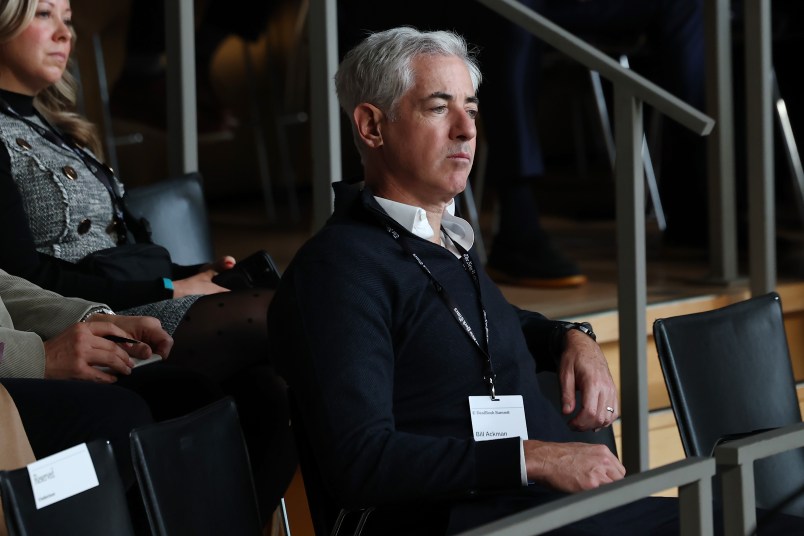LONDON (AP) — Researchers said Friday they may have discovered remains of King Alfred the Great, the 9th-century royal remembered for protecting England from the Vikings and educating a largely illiterate nation.
The University of Winchester said in a statement that a pelvis found in a box of bones in the city’s museum is likely to be either from the legendary leader or his son, King Edward the Elder.
Nick Thorpe, head of the university’s archaeology department, said he and his colleagues are “extremely excited to have been able to plausibly link this human bone to one of these two crucial figures in English history.”
 Dr Katie Tucker, researcher in human osteology at the University of Winchester during a press conference in Winchester, Hampshire, as bones of King Alfred the Great or his son, Edward the Elder, are believed to have been found in a box stored in a museum – and not buried in an unmarked grave as previously thought.
Dr Katie Tucker, researcher in human osteology at the University of Winchester during a press conference in Winchester, Hampshire, as bones of King Alfred the Great or his son, Edward the Elder, are believed to have been found in a box stored in a museum – and not buried in an unmarked grave as previously thought.
Alfred, a Saxon king who ruled from 871 to 899, is known for blocking repeated Viking incursions, reordering his nation’s finances and reforming its legal code. He’s also remembered as an educator, inviting scholars from across the continent to his court, directing young English freemen to learn to read and even translating several works on his own.
“He’s one of England’s most famous kings,” said Simon Keynes, a University of Cambridge historian who is an authority on the monarch. “He’s the only one that’s called ‘Great.'”
Alfred’s bones are known to have been moved after he died, eventually being deposited at Hyde Abbey in Winchester, about 65 miles (100 kilometers) southwest of London. But much uncertainty followed with the tumult of the Reformation; an 18th-century building project that turned the site into a jail; and the claims of a 19th-century antiquary named John Mellor who boasted of having unearthed the king’s bones.
Following a surge of interest with the discovery of the body of King Richard III — another famous monarch whose skeleton was unearthed underneath a parking lot in Leicester in 2012 — researchers went to work hunting for Alfred.
They looked first in the place where Mellor claimed to have left them, in the churchyard of nearby St. Bartholomew’s Church, but tests on the remains found there showed the bones were from a number of different people who lived hundreds of years later than Alfred.
Researchers had better luck when they went through two boxes of bones excavated from the site of Hyde Abbey about two decades ago and kept at the Winchester Museum. One, a pelvis, was radiocarbon dated to roughly around the time Alfred had died. Researchers say that, given the historical record, bones that old could only have come from Alfred or his family.
That conclusion “is based on a valid chain of reasoning,” said Oxford University professor John Blair. Both he and Keynes, who weren’t involved in the discovery, said more data was needed before anyone could determine exactly whose pelvis was found in Winchester. But Keynes said he found it compelling that the bone was said to have been found under Hyde Abbey’s altar.
“That’s where Alfred and his family were throughout the Middle Ages,” he said. “That’s where they lay.”
Copyright 2014 The Associated Press. All rights reserved. This material may not be published, broadcast, rewritten or redistributed.









